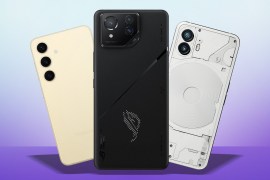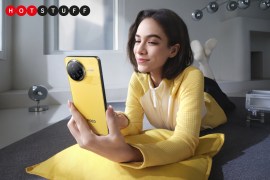Google Pixel 9 Pro Fold vs Samsung Galaxy Z Fold 6: which gets the foldable crown?
Google's Pixel 9 Pro Fold is a second-gen foldable going against Samsung's Galaxy Z Fold 6 – how do they compare?
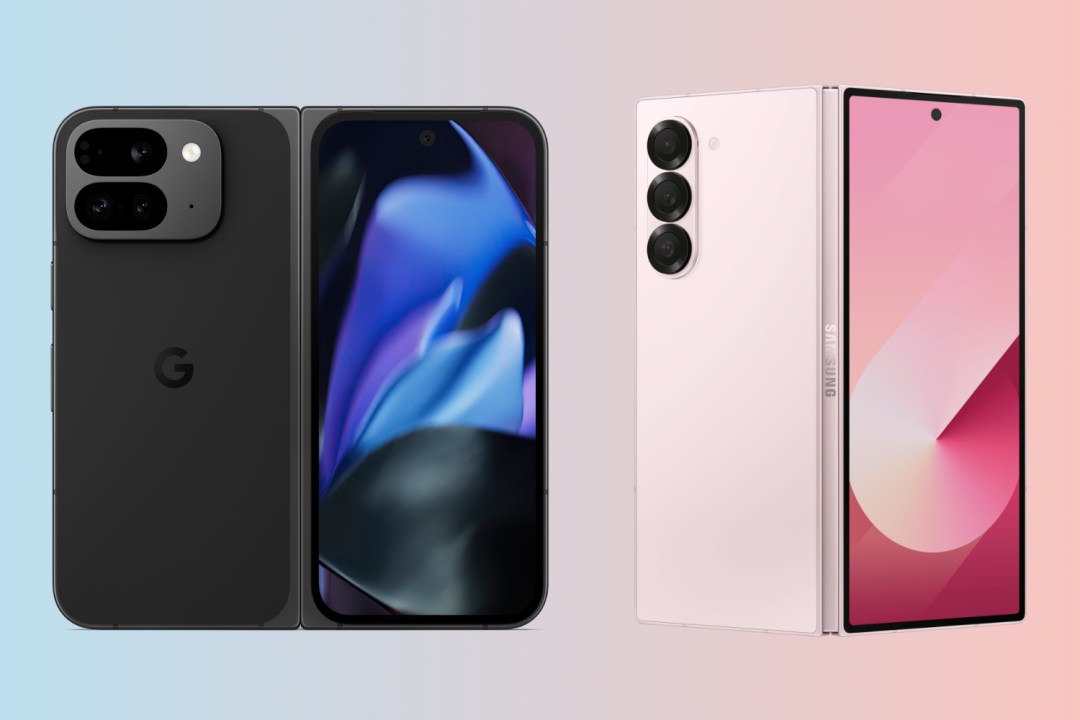
While they’re still not what I’d call mass market, foldables aren’t particularly new any more. We’ve had a few iterations now, and the Pixel 9 Pro Fold and Galaxy Z Fold 6 can count themselves among the best phones out there, foldable or otherwise. The new Google Pixel 9 Pro Fold introduces a larger cover display, slimmer design, and upgraded cameras compared to its first-gen predecessor. But how does it stack up to its biggest competitor, the Samsung Galaxy Z Fold 6, which has been available for several months?
While we’ve not yet got our hands on the Pixel 9 Pro Fold to review, we can compare what it’s supposed to do to the Galaxy Z Fold 6. If you’re thinking about getting yourself a new Android handset that folds and aren’t sure which to pick, read on:
Design & Build Quality: Slimmer vs. Lighter
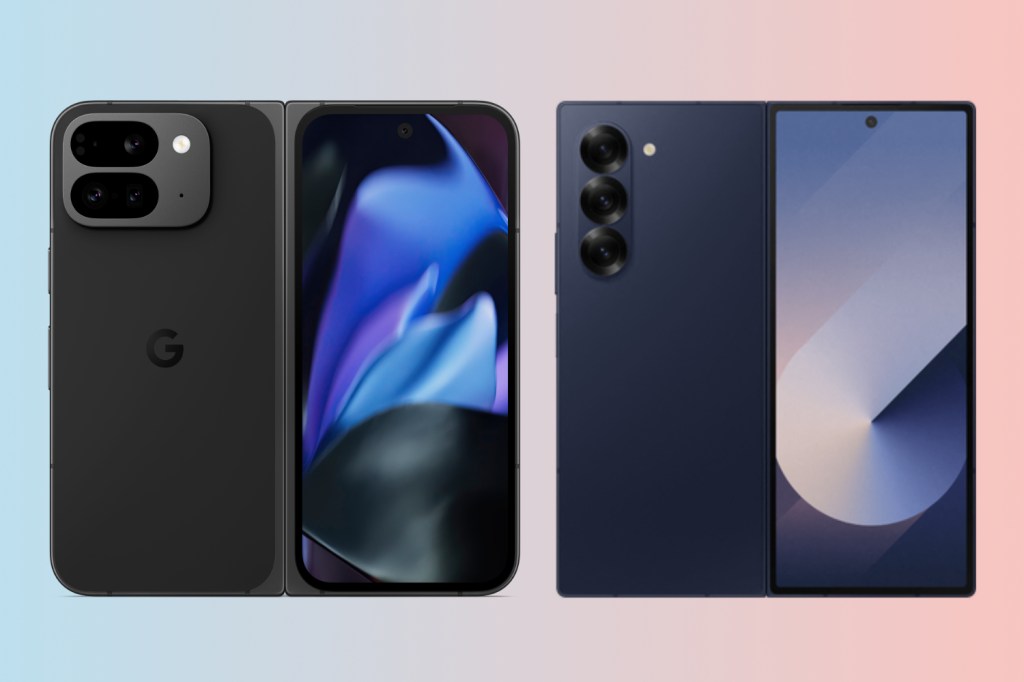
Google’s Pixel 9 Pro Fold marks a major rework from its first-gen predecessor, the Pixel Fold. With a new 6.3-inch cover display, the phone feels like a more traditional phone when closed. The overall dimensions have been slimmed down to 5.1mm when open and 10.5mm folded, making it slimmer but heavier than the Galaxy Z Fold 6 at 257g. The device comes in Obsidian and Porcelain, featuring a satin metal frame, polished hinge, and Gorilla Glass Victus 2 protection. The hinge design allows the phone to open fully flat, addressing a key shortcoming of the original Pixel Fold. It also offers an IPX8 rating for water resistance.
Samsung’s Galaxy Z Fold 6, on the other hand, continues to refine its foldable design. It’s the lightest and thinnest foldable Samsung has ever produced, weighing just 239g. When closed, it measures 12.1mm in thickness and 5.6mm when opened. The Z Fold 6 includes a new slimmer S Pen case for easy docking. The device is available in Silver Shadow, Pink, Navy, and exclusive Crafted Black and White finishes. The Galaxy Z Fold 6 is the first foldable with an IP48 rating, providing protection against both dust and water.
Display: A battle of brightness and bezels
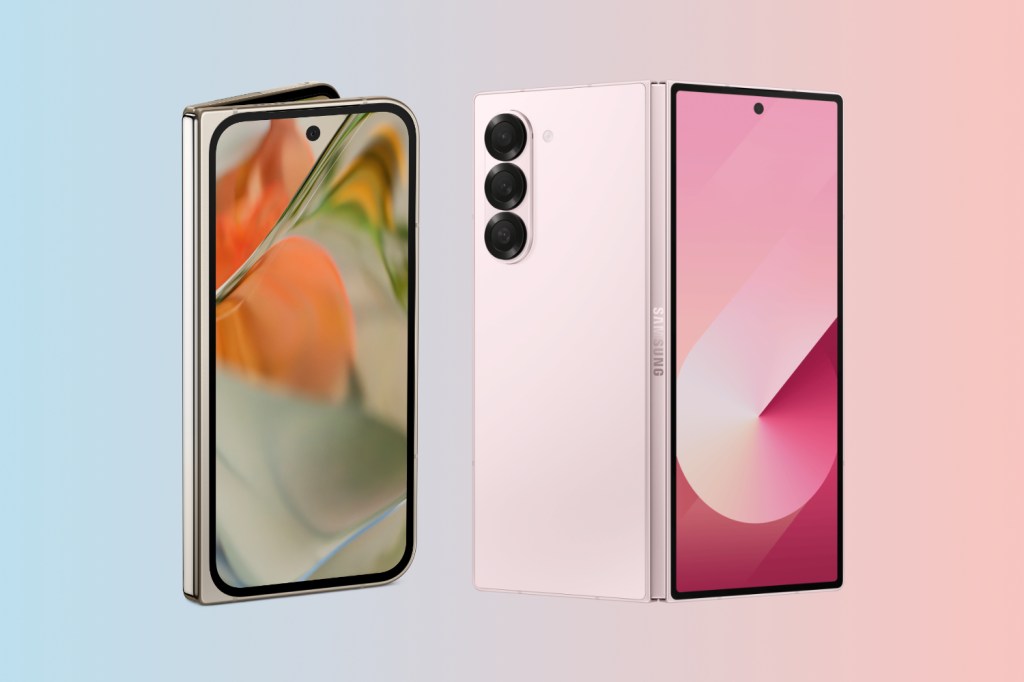
The Pixel 9 Pro Fold features an 8-inch OLED internal display with a 2152×2076 resolution, LTPO adaptive refresh rate, and peak brightness of 2700 nits. The outer 6.3-inch display offers a 2424×1080 resolution and a 60-120Hz refresh rate. Both screens are protected by Gorilla Glass Victus 2 and offer significantly slimmer bezels compared to the first-gen Pixel Fold.
On the inside, things are almost the same. The Galaxy Z Fold 6 offers a larger 6.3-inch HD+ AMOLED cover display with a 2316×904 resolution and a 120Hz refresh rate. But the internal 7.6-inch QXGA+ AMOLED display is slightly smaller, with a lower 2208×1768 resolution, but still supports a 120Hz refresh rate. Both displays can reach a peak brightness of 2600 nits, utilizing adaptive vision boost technology to enhance visibility in various lighting conditions.
Performance, Battery, and Software: Home-grown vs Snapdragon
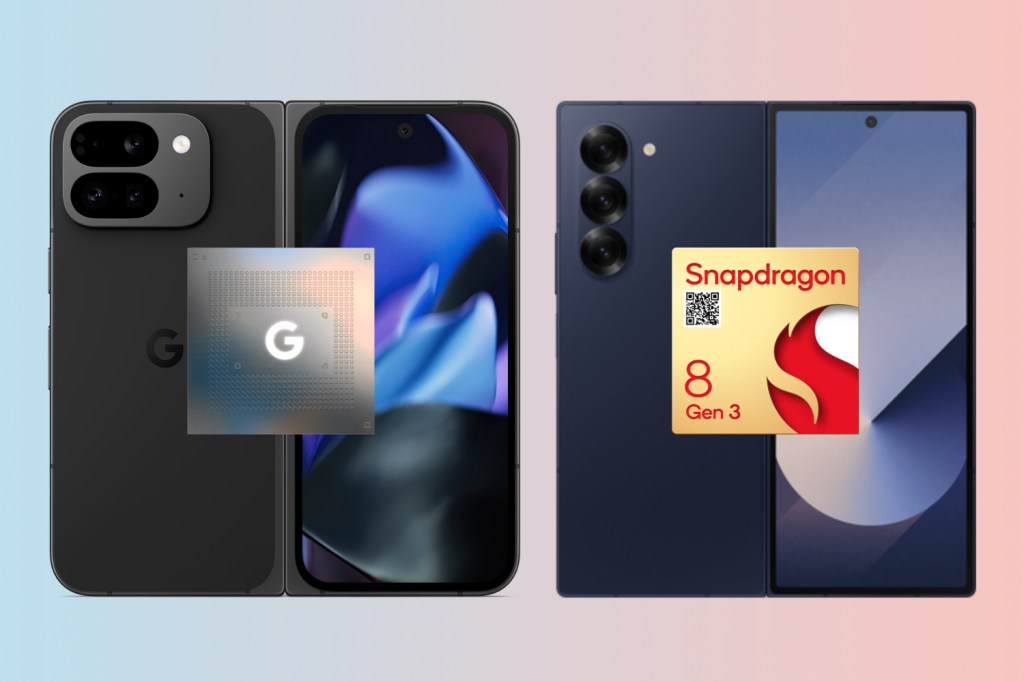
The Pixel 9 Pro Fold is powered by Google’s latest Tensor G4 chipset, paired with 16GB of RAM and storage options of 256GB or 512GB. Google claims a 20% improvement in web browsing and 17% faster app launches compared to the previous device. The new foldable features a 4650mAh battery, which supports regular Qi wireless charging and 45W wired charging. It launches with Android 14 and promises seven years of OS updates and security patches.
Samsung’s Galaxy Z Fold 6 uses the Snapdragon 8 Gen 3 for Galaxy, specifically optimized for Samsung devices, alongside 12GB of RAM. Storage options include 256GB, 512GB, and 1TB. The Fold 6 includes a 4400mAh dual-battery setup, supporting 25W wired and 15W wireless charging, as well as 4.5W reverse wireless charging. The device runs on Android 14 with One UI 6.1 and is slated for an upgrade to Android 15. It also guarantees an identical seven years of updates.
Cameras: There’s only a pixel or two in it
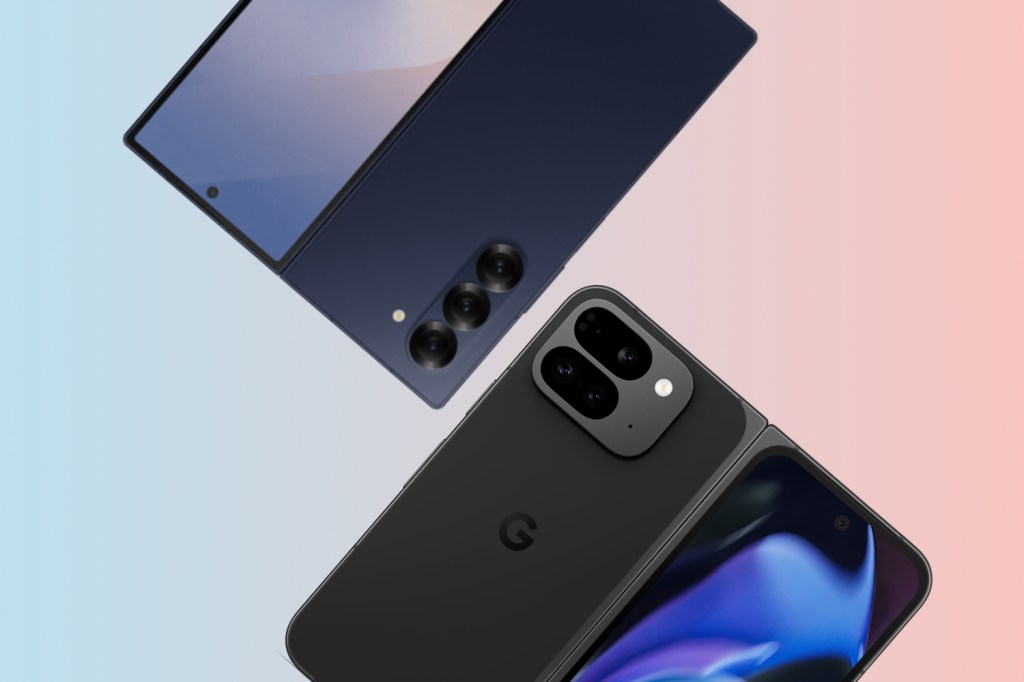
The Pixel 9 Pro Fold retains a 48MP main camera, 10.8MP telephoto camera with 5x optical zoom, and introduces a 10.5MP ultrawide camera with macro focus. Both selfie cameras have been upgraded to 10MP, with the inner one now a punch-hole design. Google’s generative AI features, such as Magic Editor and Night Sight Video, enhance the photography experience by allowing users to reframe shots and add elements like sunsets or greener grass.
On the Galaxy Z Fold 6, you’ll find a slightly higher megapixel count. It features a 50MP main sensor, 12MP ultrawide sensor, and 10MP telephoto sensor with 3x optical zoom. It also includes a 10MP cover screen camera and a 4MP under-display camera. This under-display camera might be tucked out of the way, but is a sore spot for this device. Samsung’s AI enhancements, like Live Transcriptions, Sketch to Image, and Chat Assist, are just as helpful.
Google Pixel 9 Pro Fold vs Samsung Galaxy Z Fol 6 verdict
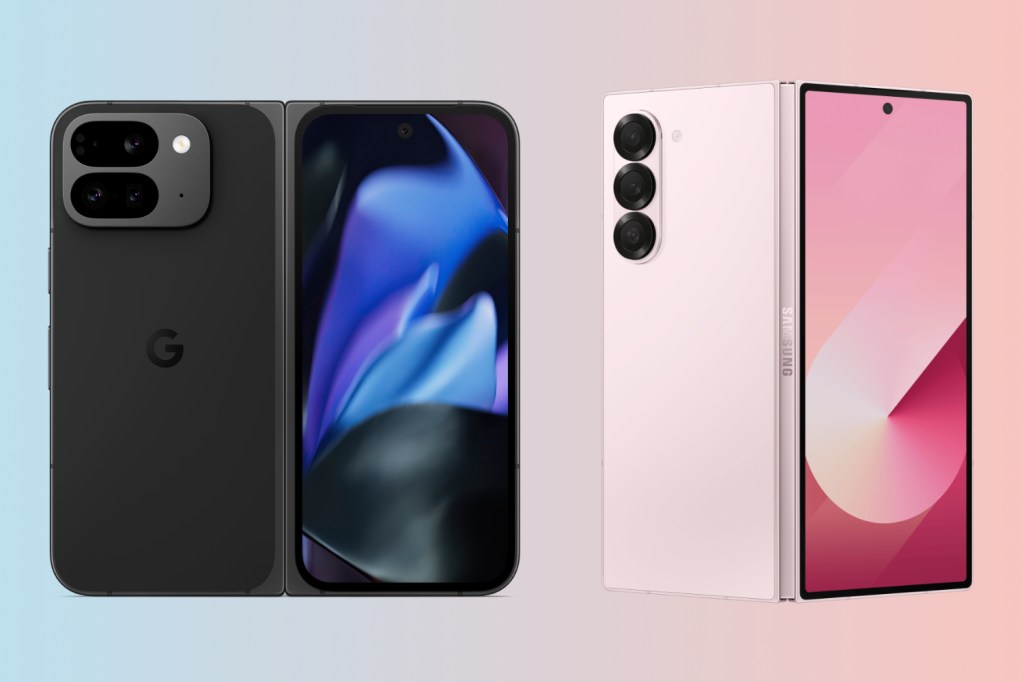
The Google Pixel 9 Pro Fold and Samsung Galaxy Z Fold 6 are both examples of the greatest in foldables. The Pixel 9 Pro Fold impresses with its advanced AI features, superior brightness, and slimmer design, making it a strong contender for those invested in the Google ecosystem. But, the Galaxy Z Fold 6 stands out with its premium build quality, lighter weight, and robust performance. Plus, the S Pen offers an extra option for power users. Both, however, have equally terrible names.
Whichever device you pick, you’ll end up with a great device. Samsung has a few more years on Google when it comes to foldables, but the Pixel 9 Pro Fold is a big upgrade. The software experience and design will be what sways you here, although the folding Pixel is slightly cheaper.
